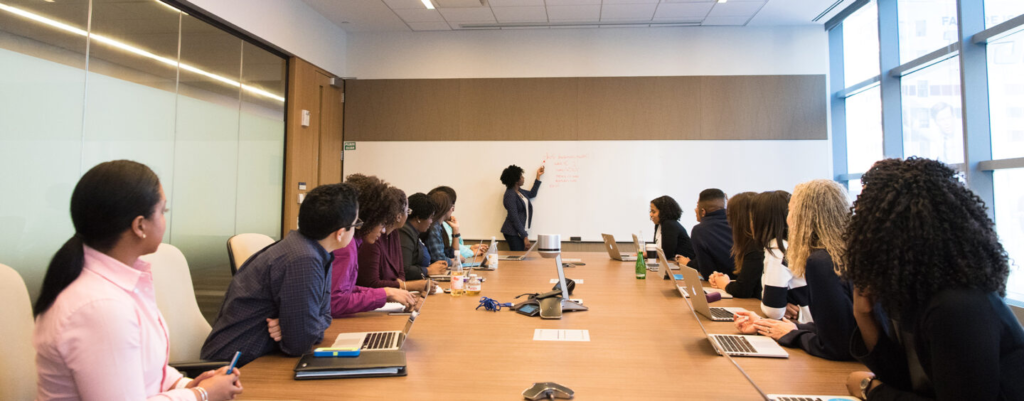
Meeting rooms, conference rooms, boardrooms – whatever you want to call them – they have always been an essential component of a company’s working sphere. Recently, modern workplaces have seen a proliferation of remote workers, conferences over video, and virtual interactions. However, conference room are still crucial spaces for face-to-face meetings, brainstorming, collaborations, and presentations. As the business world evolves, companies must adapt to make their meeting rooms more advanced and productive. In this blog post, we’ll discuss how designing efficient conference rooms can enhance the modern workplace and create a more excellent environment for collaboration.
Identify the needs and requirements:
Before beginning any actual designing, an organization needs to assess and identify the user’s needs and requirements for the conference room space. What size of meeting room do you need? How formal is the space going to be? What type of technology facilities is required? When designing a conference room, both the client’s current needs and potential future requirements should be considered.
Incorporate technology solutions:
Incorporating the latest technology solutions in the conference room setup is essential to make the most of the latest communication tools and collaboration software. There should be a perfect balance between audio and image technology, appropriate lighting, and a well-organized layout. A reliable internet connection with a secure network and the latest video conferencing software should be available. Audiovisual technology solutions and cordless microphones are typically essential elements that a modern conference room should have.
Use Smart Furniture:
Smart furniture increases comfort and ergonomics while adding to the space’s aesthetic appeal and functionality. Modular furniture is the best example of smart furniture and allows the user to utilize a small space for multiple purposes. Foldable chairs and tables can provide more floor area when not needed for a large meeting or presentation. The optimal choice in smart furniture can also cater to user preferences and preferences for ergonomics, comfort, and style.
Create a User-Friendly Atmosphere:
Conference rooms that are user-friendly and functional can further enhance creativity, brain-storming, and effective communication. The layout should be simple and straightforward with relevant labels to assist the user with equipment and location within the conference room. Clear visuals, ambient lighting, comfortable room temperature, and proper ventilation are all important variables that contribute to the overall atmosphere of the meeting space. An organized and welcoming conference room aids in fostering team communication, positive energy, and engagement.
Future-proofing your Conference Room:
It’s crucial when designing a conference room to contemplate the future. Nobody can predict what’s ahead, and companies want to be able to accommodate new technologies as they emerge. Designers should ensure they have the necessary space and infrastructure to add extra technology dependent on future advancements. By taking this into account from the start, a conference room design can be more future-proofed, enabling it to avoid becoming outdated through the years.
Conclusion:
Designing an efficient conference room is crucial not only for an organization’s aesthetics but also for client satisfaction, formal meetings, and collaborating with remote colleagues. With the aid of modern technology solutions, there are now more options to help improve the design, layout and functionality of a conference room than ever before. Incorporating the latest technology solutions, smart furniture, an organized layout, and a user-friendly atmosphere means that your conference room can be equipped for remote meetings, video conferencing, and the fast-paced, mobile-friendly work environment, resulting in a more productive and collaborative team atmosphere within your workplace.


